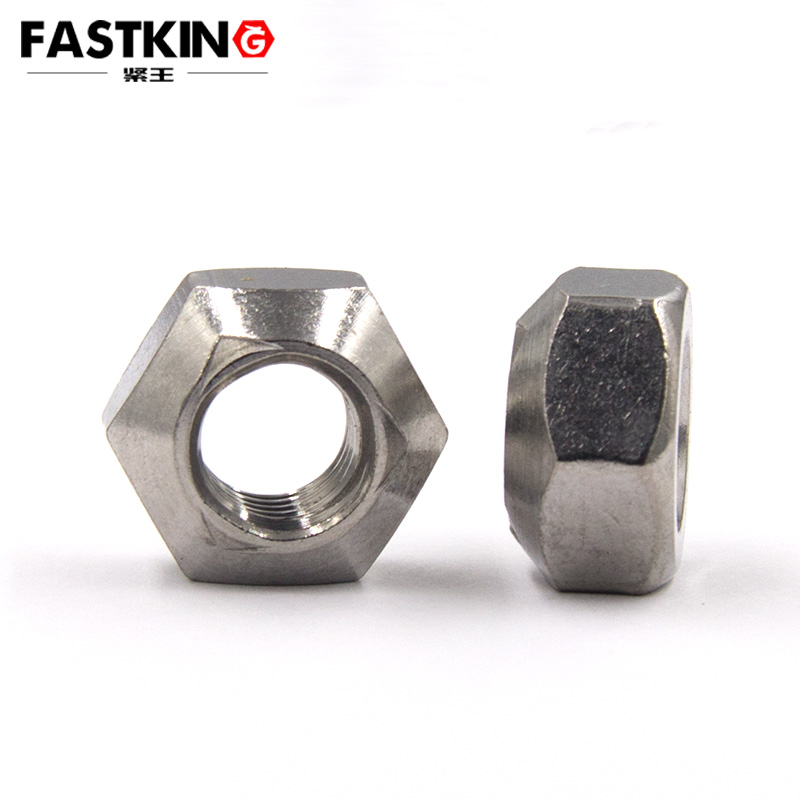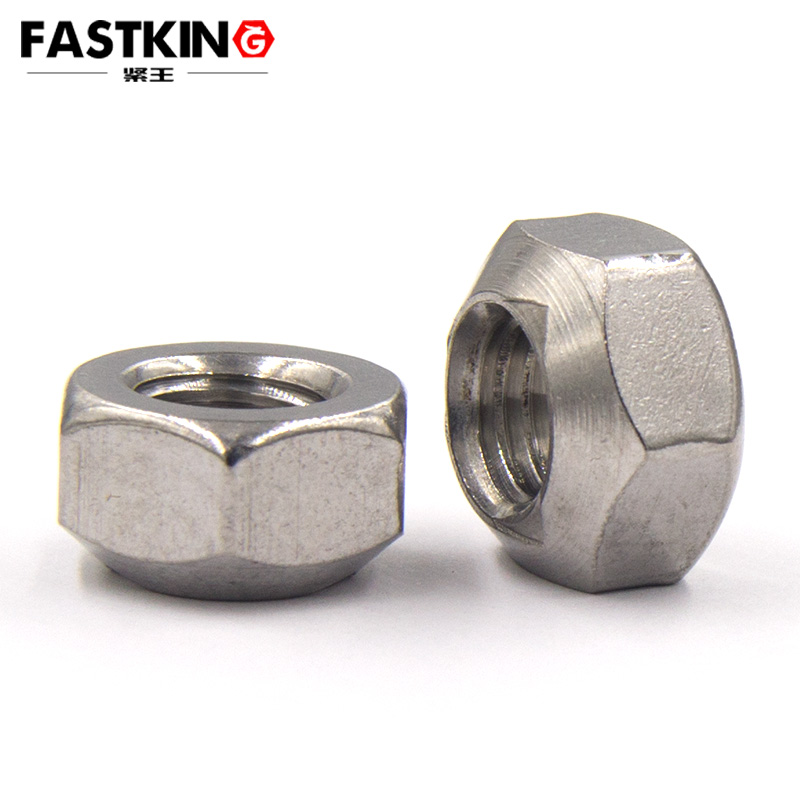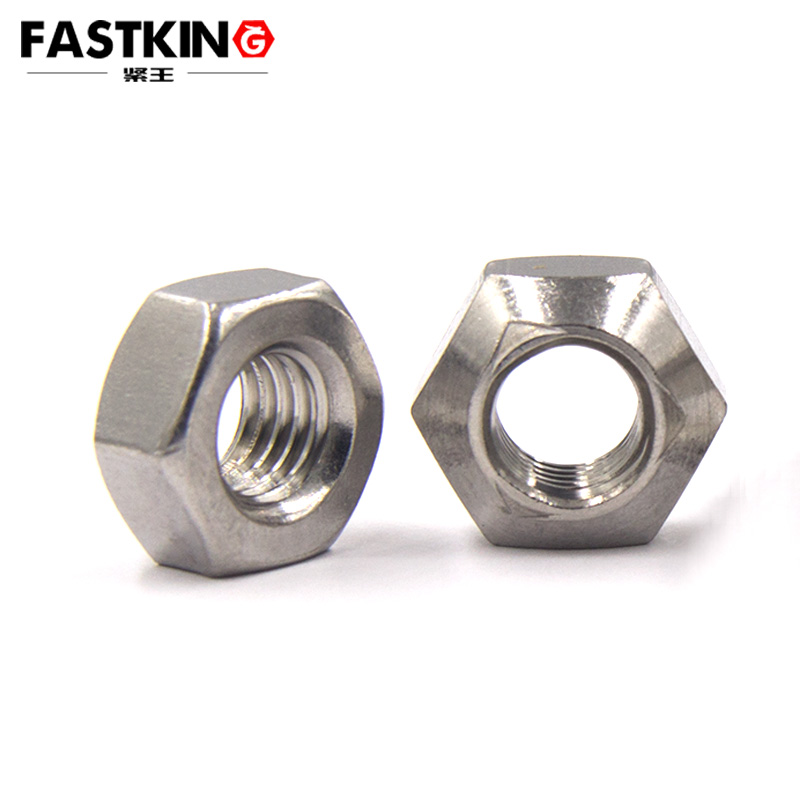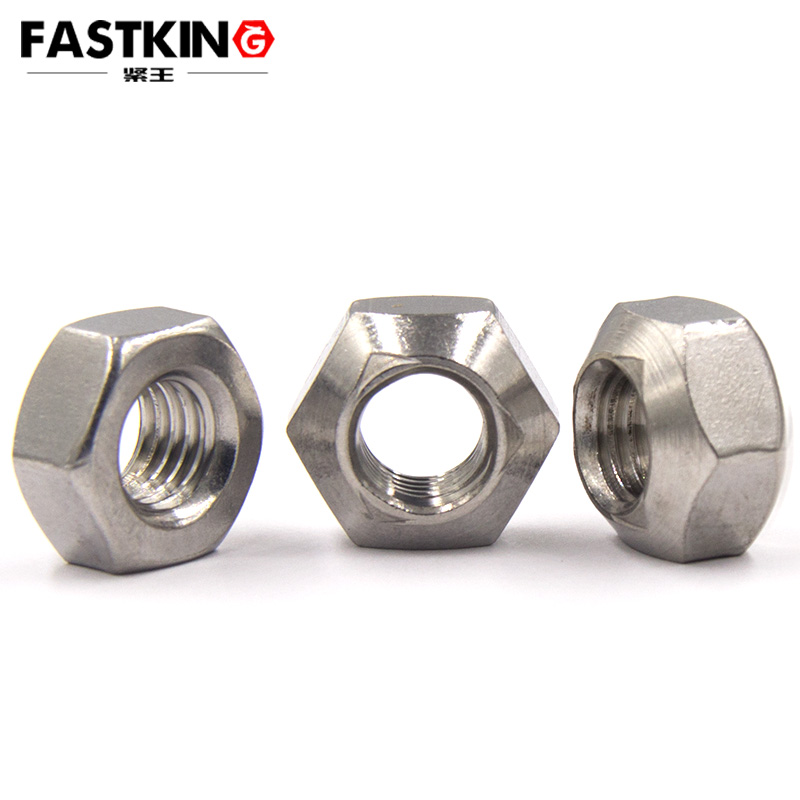I. Applications

All-metal lock nuts (V-type) are widely used in the following scenarios:
High-Temperature Environments: Due to their all-metal construction, V-type lock nuts can withstand temperatures up to 900°C, making them suitable for high-temperature applications such as engines, exhaust systems, and boilers.
High-Vibration Environments: The locking mechanism of V-type lock nuts provides excellent vibration resistance, effectively preventing bolt loosening. They are ideal for use in railways, bridges, and construction machinery subjected to strong vibrations.
Frequent Disassembly Applications:** V-type lock nuts can be reused and maintain stable locking performance, making them suitable for equipment that requires regular maintenance and disassembly.
High Anti-Looseness Requirements: V-type lock nuts offer superior locking performance compared to standard nuts, making them suitable for critical connections where anti-loosening is essential.
Other Special Environments: V-type lock nuts also play a significant role in chemical equipment, ships, aerospace, and other specialized fields.
II. Usage Methods

1. Selecting the Appropriate Specification and Model:
Choose the nut size based on the bolt specifications.
Select the appropriate material for the operating environment, such as stainless steel or alloy steel.
Choose the model based on the required locking force, such as standard or reinforced types.
2. Pre-Installation Preparation:
Clean the threads of the bolt and nut to ensure they are free of debris.
Inspect the threads for damage; replace if necessary.
Apply a suitable amount of lubricant to the threads to reduce friction and facilitate installation.
3. Installation Steps:

Hand-tighten the V-type lock nut onto the bolt until it contacts the connecting part.
Use a wrench or torque wrench to tighten the nut to the specified torque.
Note: Avoid over-tightening, as this may damage the threads or affect the locking performance.
4. Disassembly Method:
Use a wrench or torque wrench to loosen the nut.
Due to the locking mechanism of the V-type lock nut, greater torque is required for disassembly compared to installation.
After disassembly, inspect the threads of the nut and bolt; replace if damaged.
III. Precautions
V-type lock nuts are single-use products and are not recommended for reuse after disassembly.
Ensure proper orientation during installation, with the V-groove facing the bolt head.
When using a torque wrench, follow the specified torque values to avoid over-tightening or under-tightening.
Regularly inspect the locking condition of the nut; tighten or replace if loosening is detected.
IV. Advantages Summary
Excellent Anti-Loosening Performance:The mechanical deformation mechanism of V-type lock nuts provides significantly better anti-loosening performance than standard nuts.
High-Temperature and Anti-Aging Resistance: The all-metal construction makes them suitable for high-temperature and high-vibration environments.
Reusability: They can be disassembled and reassembled multiple times while maintaining stable locking performance.
Easy Installation:Standard tools are sufficient for installation.
V. Conclusion

As a high-performance fastener, all-metal lock nuts (V-type) play a crucial role in various demanding environments. Proper selection and use of V-type lock nuts can significantly enhance the reliability and safety of equipment.
